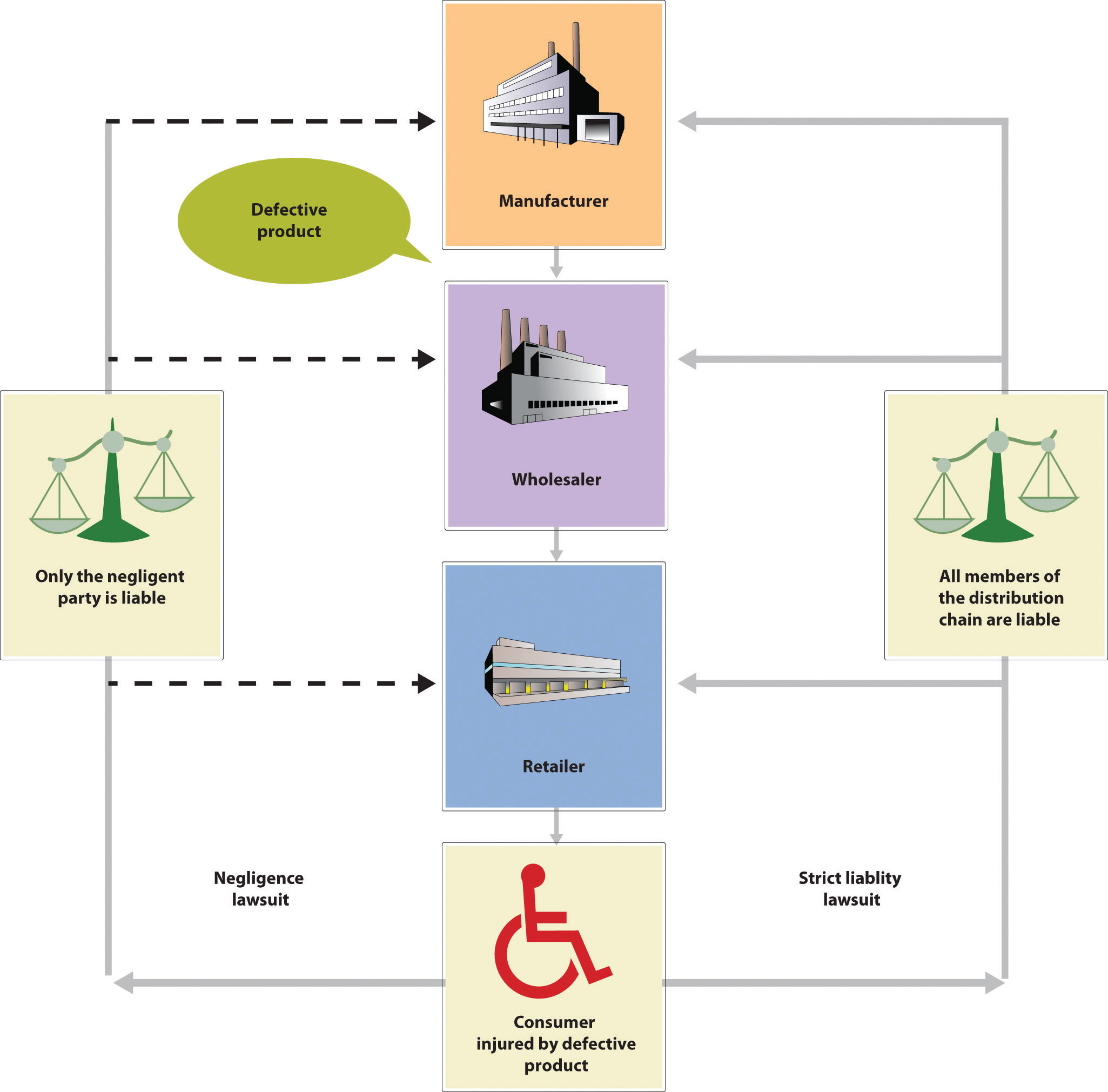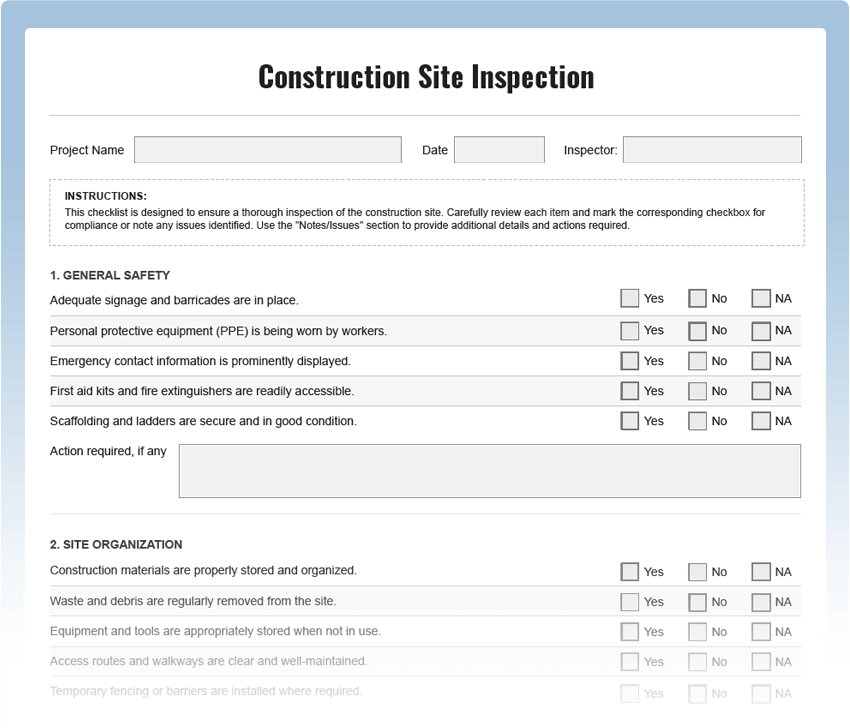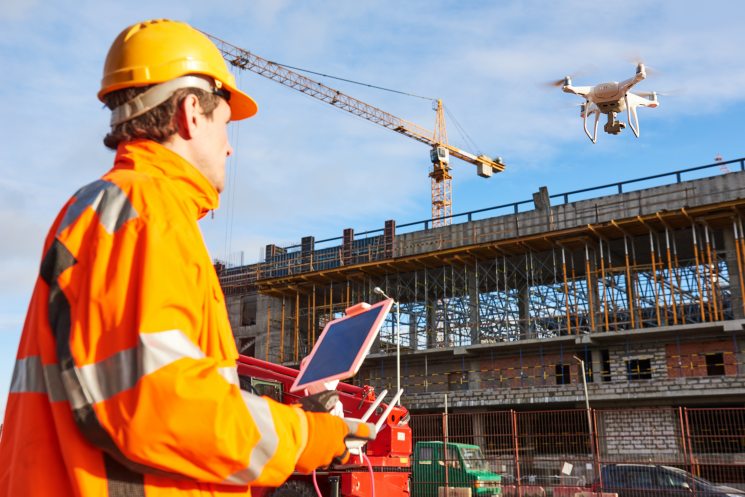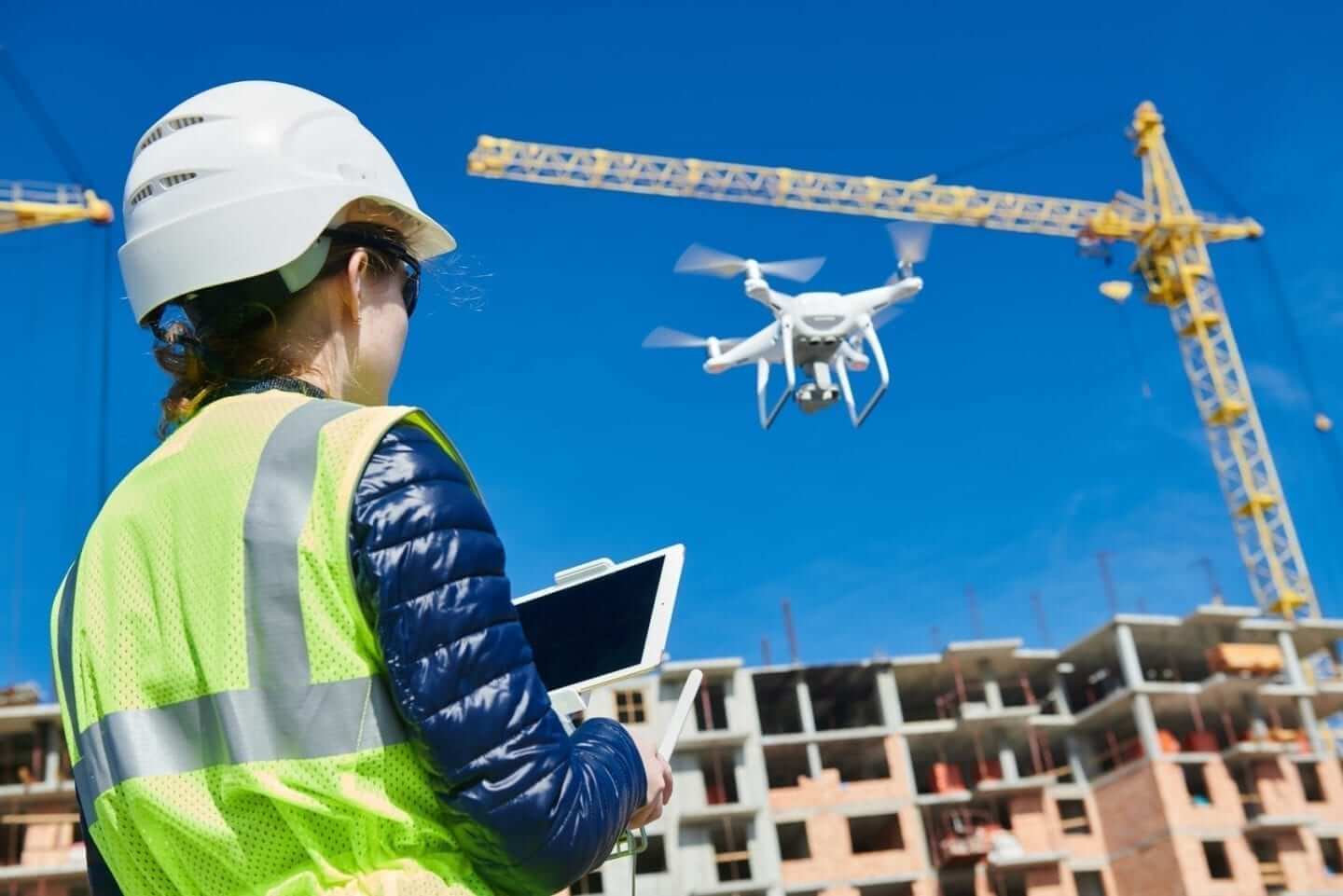The construction industry is a cornerstone of our economy, but it’s also one of the most dangerous fields to work in. I’ve seen firsthand how a single accident can change lives forever. Years ago, I watched a colleague fall from scaffolding, an incident that reshaped his entire future. It’s experiences like these that drive me to dig deep into the intricacies of construction accident claims.
According to the Occupational Safety and Health Administration (OSHA), 1 in 5 worker fatalities in 2021 were in construction. That’s a staggering statistic that underscores the risks workers face every day. But beyond these numbers lie layers of complexity that often go unnoticed in these cases.
The Hidden Complexities of Liability
When it comes to construction accident claims, liability isn’t always clear-cut. It’s a tangled web that extends far beyond the obvious parties involved. I’ve spent years unraveling these threads, and I can tell you it requires a deep understanding of how the construction industry operates.
In many cases, multiple parties share responsibility for an accident. It’s not just about the worker who fell or the immediate supervisor on site. We’re talking about a chain that can include contractors, subcontractors, property owners, and even equipment manufacturers. Each link in this chain can potentially bear some responsibility.
The concept of joint and several liability often comes into play here. It’s a legal principle that allows injured parties to recover damages from any responsible party, regardless of their degree of fault. This can be a game-changer in ensuring fair compensation for victims.
But here’s where it gets even more intricate. The Bureau of Labor Statistics reported 1,056 construction worker fatalities on the job in 2022. Each of these tragic cases likely involved a complex liability landscape that needed careful navigation.
Multi-Tiered Contractor Relationships
Understanding the hierarchy of contractors and subcontractors is crucial in identifying all potentially liable parties in a construction accident claim. I’ve seen cases where this complex web of relationships significantly impacted the outcome.
General contractors typically bear overall responsibility for site safety. But they often delegate specific tasks to subcontractors. This delegation doesn’t necessarily absolve them of liability, though. If a roofing subcontractor’s employee falls from a scaffold, the subcontractor might be primarily liable. However, the general contractor could also be on the hook if they failed to ensure proper safety measures were in place across the entire site.
Then there’s the legal doctrine of respondeat superior. It’s a fancy term that essentially means employers can be held responsible for their employees’ actions within the scope of employment. This principle can extend liability up the chain of command in construction accident cases.
Horizontal Liability Spread
But it’s not just about vertical relationships. Liability can spread horizontally across multiple contractors working on the same level of a project. This complicates the process of determining fault and can lead to disputes between parties.
Contractors at the same tier may share liability based on their respective roles and responsibilities. Indemnification agreements between contractors can shift liability, impacting how claims are handled. And let’s not forget about joint venture agreements, which can create shared liability among partnering companies.
To give you a clearer picture, here’s a breakdown of potential liability factors for different types of contractors:
| Contractor Type | Potential Liability Factors |
|---|---|
| Electrical | Faulty wiring, shock hazards |
| Plumbing | Water damage, trip hazards |
| HVAC | Ventilation issues, falls |
| Carpentry | Structural failures, debris |
Vertical Liability Chain
The flow of responsibility from general contractors down to specialized subcontractors forms a vertical liability chain. Understanding this chain is essential for accurately assessing fault in construction accident claims.
General contractors often have a duty to ensure overall site safety, which can extend to the actions of subcontractors. Subcontractors may be liable for accidents directly related to their specific work, but general contractors might retain some responsibility. The concept of “retained control” can impact liability, depending on how much oversight the general contractor maintains over subcontractors’ work.

Source: courses-images-archive-read-only.s3.amazonaws.com
Property Owner’s Role in Safety
Property owners have often-overlooked responsibilities in maintaining a safe construction environment. Their level of involvement and knowledge can significantly impact liability in accident claims.
I’ve seen cases where property owners were held liable under premises liability laws for failing to address known hazards. The extent of a property owner’s liability can depend on their level of control over the construction process. Some jurisdictions recognize the “peculiar risk” doctrine, which can hold property owners responsible for inherently dangerous work.
To better understand how property owner liability applies in different accident scenarios, check out our guide on slip and fall settlements. Many principles of premises liability discussed there are relevant to construction accident claims as well.
Interestingly, a recent ruling by the Karnataka High Court stated that a construction site is to be construed as a public place unless occupied for private use. This kind of interpretation can have significant implications for property owner liability in construction accident cases.
Duty to Inspect
Property owners may have an obligation to conduct regular safety inspections. The extent of this duty can vary based on the nature of the project and local regulations.
The frequency and depth of required inspections can depend on the complexity and duration of the construction project. Failure to perform adequate inspections can be used as evidence of negligence in accident claims. Some jurisdictions may even require property owners to hire independent safety consultants for large-scale projects.

Source: safetymint.com
Knowledge of Hazards
A property owner’s awareness of potential dangers can significantly impact their liability in construction accident claims. This knowledge can come from various sources and may create legal obligations.
Actual knowledge of hazards typically creates a duty to address the issue or warn others. But here’s where it gets tricky: constructive knowledge, where the owner should have known about a hazard, can also create liability. Property owners may be required to conduct due diligence to identify potential hazards before construction begins.
I once worked on a case where a property owner was informed of unstable soil conditions by a geotechnical report but failed to communicate this to the construction team. When a trench collapse occurred due to soil instability, the property owner was held liable for not sharing this critical information. It’s a stark reminder of how crucial communication is in these situations.
Temporal Aspects of Construction Claims
Time plays a crucial role in construction accident claims, often in ways that aren’t immediately obvious. I’ve seen cases where the timing of various events and actions significantly impacted the outcome.
Statutes of limitations for construction accident claims vary by jurisdiction and type of claim. It’s not just about when the accident happened, but also when the injury was discovered or should have been discovered. I’ve had clients come to me years after an incident, only to find out their window for filing a claim had closed.
The timing of safety implementations and incident responses can also affect liability determinations. It’s not just about what was done, but when it was done. This temporal aspect can make or break a case.
Pre-Incident Safety Measures
Safety protocols implemented before an accident occurs play a crucial role in construction accident claims. These measures can demonstrate a commitment to safety or, if inadequate, indicate negligence.
OSHA regulations often set the minimum standards for pre-incident safety measures. But here’s the thing: industry best practices and company-specific safety policies can create additional safety obligations. The implementation and enforcement of these measures are often scrutinized in accident investigations.
For insights into the importance of safety measures in preventing accidents, take a look at our guide on Las Vegas bus accidents. While it’s focused on a different industry, many safety principles apply to construction sites as well.

Source: researchgate.net
Documentation Trail
Maintaining detailed records of safety meetings, training sessions, and equipment inspections is crucial. This documentation can serve as vital evidence in construction accident claims.
I always tell my clients: contemporaneous records are generally given more weight than after-the-fact documentation. Electronic record-keeping systems can provide timestamped evidence of safety practices. But be warned: gaps in documentation can be used to argue negligence or failure to follow safety protocols.
[This video provides valuable insights into the importance of proper documentation in construction safety, reinforcing the points made in this section.]
Video Source: YouTube
Proactive vs. Reactive Safety Culture
A company’s approach to safety before an incident can significantly affect liability. Proactive safety cultures that anticipate and address potential hazards are often viewed more favorably in claims.
Proactive safety measures might include regular risk assessments and preventive maintenance programs. On the flip side, reactive approaches, such as addressing hazards only after incidents occur, can be seen as negligent. Safety incentive programs and their impact on reporting are often scrutinized in accident investigations.
Here’s a quick comparison:
| Safety Approach | Characteristics | Impact on Claims |
|---|---|---|
| Proactive | Regular assessments, preventive maintenance | Viewed favorably, may reduce liability |
| Reactive | Post-incident fixes, lack of foresight | Often seen as negligent, increased liability |
Post-Incident Response Timeline
Actions taken immediately after an accident can have a significant impact on a claim. The speed and appropriateness of the response can influence both the outcome of the claim and the severity of injuries.
Immediate medical response can mitigate injuries and demonstrate duty of care. Prompt reporting to relevant authorities (e.g., OSHA) is often required and can affect the claim process. The timing of internal investigations can impact their credibility and usefulness in legal proceedings.
Here’s a sobering statistic: 44% of all construction injuries involved first-year employees, and these drove almost half (48%) of all construction workers compensation claim costs. This underscores the importance of thorough training and safety measures, especially for new hires.
Preservation of Evidence
Securing and documenting the accident scene is a critical step in the post-incident response. Proper evidence preservation can make or break a construction accident claim.
I’ve seen cases where spoliation of evidence led to adverse inferences in legal proceedings. It’s not just about preserving physical evidence; digital preservation methods, such as 3D scanning, are increasingly used to capture accident scenes. Chain of custody documentation is crucial for maintaining the integrity of physical evidence.
For more information on the importance of preserving evidence after an accident, check out our guide on handling Las Vegas accident claims. While it’s focused on car accidents, many principles of evidence preservation apply to construction accident claims as well.

Source: static.wixstatic.com
Witness Statement Dynamics
The timing of witness interviews can affect the accuracy and usefulness of statements. Early interviews often capture fresher memories but may be influenced by shock or confusion.
Witness statements taken immediately after an incident may be more detailed but could be affected by trauma. Follow-up interviews can provide additional context as witnesses process the event. Inconsistencies in witness statements over time can impact their credibility in legal proceedings.
I once worked on a case where a crane operator provided an initial statement immediately after an accident, citing equipment malfunction. However, in a follow-up interview a week later, they recalled a warning signal they had initially forgotten. This change in testimony significantly impacted the direction of the investigation and subsequent claim.
The Psychological Dimension of Construction Claims
Construction accidents can have profound psychological impacts beyond physical injuries. This is an aspect that’s often overlooked, but I’ve seen firsthand how crucial it is to consider the mental health implications in these cases.
Psychological injuries can be compensable in many jurisdictions, either as part of physical injury claims or as standalone claims. The long-term effects of psychological trauma can significantly impact damages calculations in construction accident claims.
Trauma-Induced Cognitive Impairment
Psychological trauma from an accident can affect a worker’s ability to perform tasks and make decisions. This cognitive impairment can have long-lasting effects on an individual’s career and personal life.
Neuropsychological evaluations are often used to assess cognitive impairment in accident victims. These impairments can affect various functions, including memory, attention, and decision-making. Treatment for trauma-induced cognitive impairment may involve cognitive rehabilitation therapy.
For a deeper understanding of how trauma can impact cognitive function, take a look at our guide on brain injury settlements. Many principles discussed there are relevant to cognitive impairments resulting from construction accidents.
Long-Term Career Impact
Cognitive impairments resulting from construction accidents can affect future employability and earning potential. This long-term impact is an important consideration in calculating damages for accident claims.
I’ve worked with vocational experts who testify about the impact of cognitive impairments on career prospects. Loss of earning capacity calculations often consider both current and potential future earnings. Retraining programs and their costs may be factored into settlement negotiations or damage awards.
Collective Trauma in the Workplace
A serious accident can have ripple effects on coworkers and the overall work environment. This collective trauma can impact productivity, morale, and safety practices.
Group counseling or critical incident stress debriefings are often implemented following serious workplace accidents. Workplace culture assessments may be conducted to evaluate the impact of an accident on employee morale and safety attitudes. Employers may face increased scrutiny of their safety practices following a traumatic incident.

Source: researchgate.net
Productivity Fluctuations
Workplace morale and productivity can be significantly affected in the aftermath of an accident. These fluctuations can have economic impacts that extend beyond the immediate costs of the accident.
Economic loss calculations in some cases may consider broader impacts on company productivity. Increased absenteeism and turnover rates following an accident can be indicators of collective trauma. Productivity recovery plans may be implemented as part of post-accident management strategies.
Secondary Traumatic Stress
Witnesses and first responders to construction accidents may develop trauma-related symptoms, even if they weren’t directly involved in the incident. This secondary traumatic stress can have legal and ethical implications.
Employee assistance programs often extend support to witnesses and first responders following workplace accidents. Some jurisdictions recognize claims for negligent infliction of emotional distress for bystanders in severe cases. Training for construction site first responders often includes components on managing psychological impacts.
Technological Advancements and Their Impact on Claims
As construction technology evolves, so do the complexities of accident claims. I’ve seen firsthand how emerging technologies are reshaping the landscape of construction accident litigation, particularly in the areas of wearable tech and drone surveillance.
The admissibility of data from new technologies in court proceedings is an evolving legal issue. Privacy concerns and data security are becoming increasingly important in construction accident claims involving technology.

Source: certaintysoftware.com
Wearable Tech and Data Collection
Data from smart helmets, vests, and other wearables can provide crucial evidence in accident claims. This technology offers new insights into worker behavior and environmental conditions leading up to accidents.
Wearable devices monitor vital signs, location, and environmental factors like temperature and noise levels. The data they collect can be used to reconstruct accident scenarios and assess compliance with safety protocols. However, the reliability and accuracy of wearable tech data may be challenged in legal proceedings.
Privacy Concerns
The use of personal data from wearable devices in claims raises legal and ethical implications. Balancing worker privacy with safety and liability concerns is an ongoing challenge in the industry.
Consent and notification requirements for data collection vary by jurisdiction. Data anonymization techniques may be employed to protect individual privacy while still utilizing aggregate data. Union agreements may include provisions regarding the use of wearable technology and data collection.
Data Interpretation Challenges
Translating raw data from wearable devices into admissible evidence presents unique challenges. Expertise in data analysis and interpretation is becoming increasingly important in construction accident litigation.
Expert witnesses with backgrounds in data science are often called to interpret wearable tech data. The context of data collection, including device calibration and wear patterns, can affect its reliability. Correlation versus causation arguments frequently arise when presenting wearable tech data as evidence.
Drone Surveillance and Safety Monitoring
Drone technology is increasingly utilized in preventing accidents and documenting unsafe conditions on construction sites. This aerial perspective offers new opportunities for risk assessment and evidence collection.
FAA regulations govern the use of drones in commercial settings, including construction sites. Thermal imaging and other specialized drone sensors can detect potential hazards not visible to the naked eye. Drone footage can be used to create 3D models of construction sites for accident reconstruction.

Source: nationalbusinesscapital.com
Aerial Evidence Admissibility
The use of drone footage in construction accident cases presents unique legal considerations. Courts are grappling with how to handle this new form of evidence.
Chain of custody for digital drone footage is crucial for admissibility. Privacy laws may limit the use of drone footage capturing neighboring properties or uninvolved individuals. The qualifications of drone operators and the reliability of drone equipment may be scrutinized in court.
Real-Time Risk Assessment
Drone data can be used to identify and mitigate risks before accidents occur. This proactive approach to safety monitoring is changing how construction sites manage risk.
AI and machine learning algorithms are being developed to analyze drone footage for potential safety hazards. Integration of drone data with Building Information Modeling (BIM) can enhance safety planning. Real-time data from drones can be used to update safety protocols and redirect resources as needed.
A construction company recently used drones to conduct daily site surveys. The AI-powered analysis identified an unstable scaffolding structure not visible from ground level. This early detection allowed the team to address the issue before it led to a potential accident, demonstrating the proactive use of technology in construction safety.
Navigating the complexities of construction accident claims requires specialized knowledge and experience. At Ultra Law, we understand the nuances of construction accident litigation, from the intricacies of liability to the latest technological advancements impacting claims.
We’re dedicated to providing personalized representation, ensuring that every aspect of your case—from the psychological impacts to the technical details—is thoroughly addressed. Our contingency fee model means you don’t pay unless we win, allowing you to focus on recovery while we handle the legal complexities.
If you’ve been involved in a construction accident, don’t go it alone. Reach out to Ultra Law today for a free consultation. We’ll put our expertise to work for you, fighting for the compensation and justice you deserve.
Key Learnings Recap
- Construction accident claims involve complex webs of liability across multiple parties.
- The timing of safety measures and post-incident responses significantly impacts claim outcomes.
- Psychological impacts of accidents, including cognitive impairments, are crucial considerations in claims.
- Emerging technologies like wearables and drones are reshaping how evidence is collected and interpreted in construction accident cases.
- Navigating the complexities of construction accident claims often requires specialized legal expertise.




